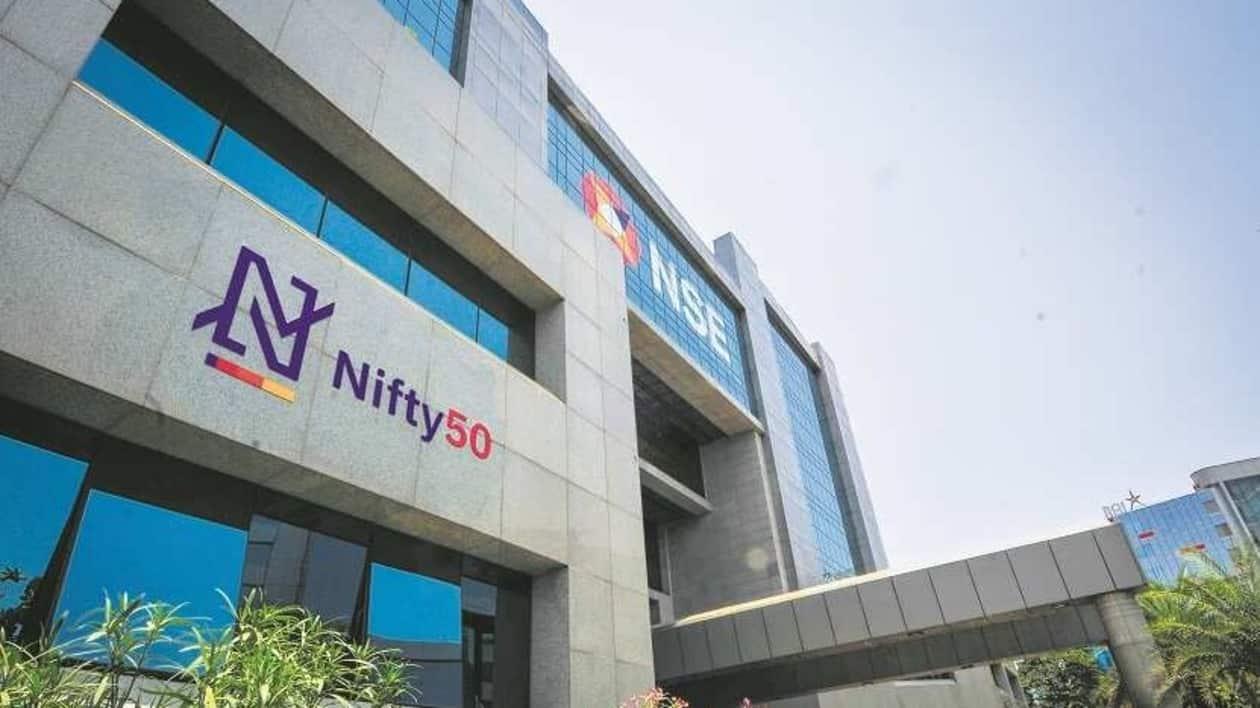One of the challenges which the ETF investors face relates to the price difference between the fund unit’s price on the stock exchange and its intrinsic value — i.e., NAV.
To address this concern, capital markets regulator SEBI (Securities Exchanges Board of India) recently issued a circular on May 23 listing rules relating to passive funds, defining a market making framework that is expected to inject liquidity into the system.
Let us understand who are market makers?
The ETFs trade on the stock exchange and the quantum of their demand lead to the prices which would invariably be different from their NAV.
In case, ETF is in high demand and there are not many units that are being sold in the market, the price of ETF units would rise sharply. This stems from the simple rule of economics that states that higher demand pushes price higher.
Conversely, lower demand brings the price of ETF down on stock exchange. The price difference that prevails between what is traded on the exchange and its intrinsic value (as reflected in the NAV) defeats the very purpose of allowing ETF units to get traded on the stock market.
So, SEBI has now mandated fund houses to appoint at least two market makers for each ETF who will come to the rescue of buyers when there are not any sellers and to aid the sale when there are not any buyers.
In such a scenario, market makers assume counter position so that the price of ETF units remains aligned with their NAV.
Siddharth Srivastava, Head, ETF Products, Mirae Asset Investment Managers, told MintGenie recently, "SEBI has defined market makers for the first time. AMCs can now pay fees to the market makers within the TER (total expense ratio) of the scheme. This will promote more players to become market makers and it will make the job of market makers easier on the exchange in terms of providing liquidity for any amount in a concerned ETF."
Only on exchange
To ensure that the correct prices reflect in stock markets, there is a need for high liquidity. This can be done by enabling a large number of transactions to take place on the stock market instead of buying/selling directly at the fund house.
So, the regulator has also mandated that all investors – including institutional investors – must carry out transaction on the stock market. Only those transactions can take place at the fund house which are valued more than ₹25 crore.
To know the real worth of a fund, it is vital to check the indicative NAV (iNAV) which ought to be disclosed by the fund house in real time basis with a maximum time lag of 15 seconds.
